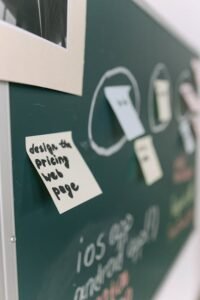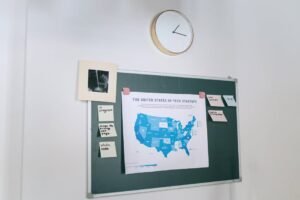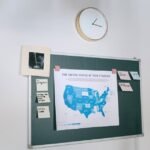Integrating Lean-Agile Practices for Optimal Performance
Welcome to the world of Lean-Agile practices, where efficiency meets flexibility to drive outstanding results! Whether you’re a project manager, team leader, or simply someone curious about modern methodologies, you’ve landed in the right place. Let’s dive in and explore how Lean-Agile practices can transform your performance and productivity.
Table of Contents
1. What are Lean-Agile Practices? 🚀
2. The Benefits of Lean-Agile Integration 🌟
3. Steps to Implement Lean-Agile Practices 🛠️
4. Common Challenges and How to Overcome Them 🔍
5. Conclusion: Embrace the Lean-Agile Journey 🎉
6. FAQs ❓
What are Lean-Agile Practices? 🚀
Lean-Agile practices combine the principles of Lean manufacturing and Agile software development. Think of it as a dynamic duo! While Lean focuses on minimizing waste and maximizing value, Agile emphasizes flexibility and customer-centric approaches. Together, they create a powerhouse strategy for managing projects efficiently and effectively.
The Benefits of Lean-Agile Integration 🌟
Integrating Lean-Agile practices can bring about significant benefits:
1. Enhanced Collaboration: Teams work more closely, fostering a spirit of cooperation and communication. This leads to better problem-solving and innovation.
2. Increased Efficiency: By eliminating waste and focusing on high-value activities, teams can deliver faster and with greater quality.
3. Greater Flexibility: Agile’s iterative approach allows teams to adapt to changes quickly, ensuring that they can respond to new information or customer feedback promptly.
4. Improved Customer Satisfaction: As teams prioritize customer needs and deliver continuous value, satisfaction naturally increases.
Steps to Implement Lean-Agile Practices 🛠️
Ready to get started? Here’s how you can integrate Lean-Agile practices into your organization:
1. Educate Your Team: Begin by training your team on Lean-Agile principles. Workshops, seminars, and online courses can be great resources.
2. Start Small: Pilot Lean-Agile practices in a small project or team before scaling. This helps in understanding the nuances and making necessary adjustments.
3. Use Visual Management: Tools like Kanban boards can help visualize work processes, making it easier to identify bottlenecks and streamline workflows.
4. Foster a Culture of Continuous Improvement: Encourage feedback loops where teams regularly review their performance and seek opportunities for improvement.
Common Challenges and How to Overcome Them 🔍
Adopting new practices can be challenging. Here are some common hurdles and how to overcome them:
Resistance to Change: Change can be daunting. Address this by clearly communicating the benefits and involving team members in the transition process.
Inconsistent Application: Ensure consistent application of Lean-Agile practices across teams by providing ongoing support and resources.
Misalignment with Organizational Goals: Align Lean-Agile initiatives with broader organizational objectives to ensure everyone is working towards the same vision.
Conclusion: Embrace the Lean-Agile Journey 🎉
Integrating Lean-Agile practices isn’t just about adopting new methodologies; it’s about embracing a mindset of agility, collaboration, and continuous improvement. By doing so, you can unlock your team’s full potential, drive performance, and deliver exceptional value to your customers. Ready to take the plunge? The Lean-Agile adventure awaits! 🚀
FAQs ❓
Q1: What is the main difference between Lean and Agile?
A: Lean focuses on eliminating waste and maximizing value, while Agile emphasizes flexibility and responding to changes quickly.
Q2: Can Lean-Agile practices be applied outside of IT?
A: Absolutely! Lean-Agile can be applied in various industries, including manufacturing, marketing, and even healthcare.
Q3: How long does it take to implement Lean-Agile practices?
A: The timeline varies based on the organization’s size and complexity, but starting small and scaling gradually can lead to quicker adoption.
Q4: What tools are commonly used in Lean-Agile practices?
A: Tools like Kanban boards, Scrum boards, and project management software like Jira or Trello are popular choices.
Q5: How do I measure success in Lean-Agile practices?
A: Success can be measured through key metrics such as lead time, team velocity, customer satisfaction, and the quality of deliverables.













